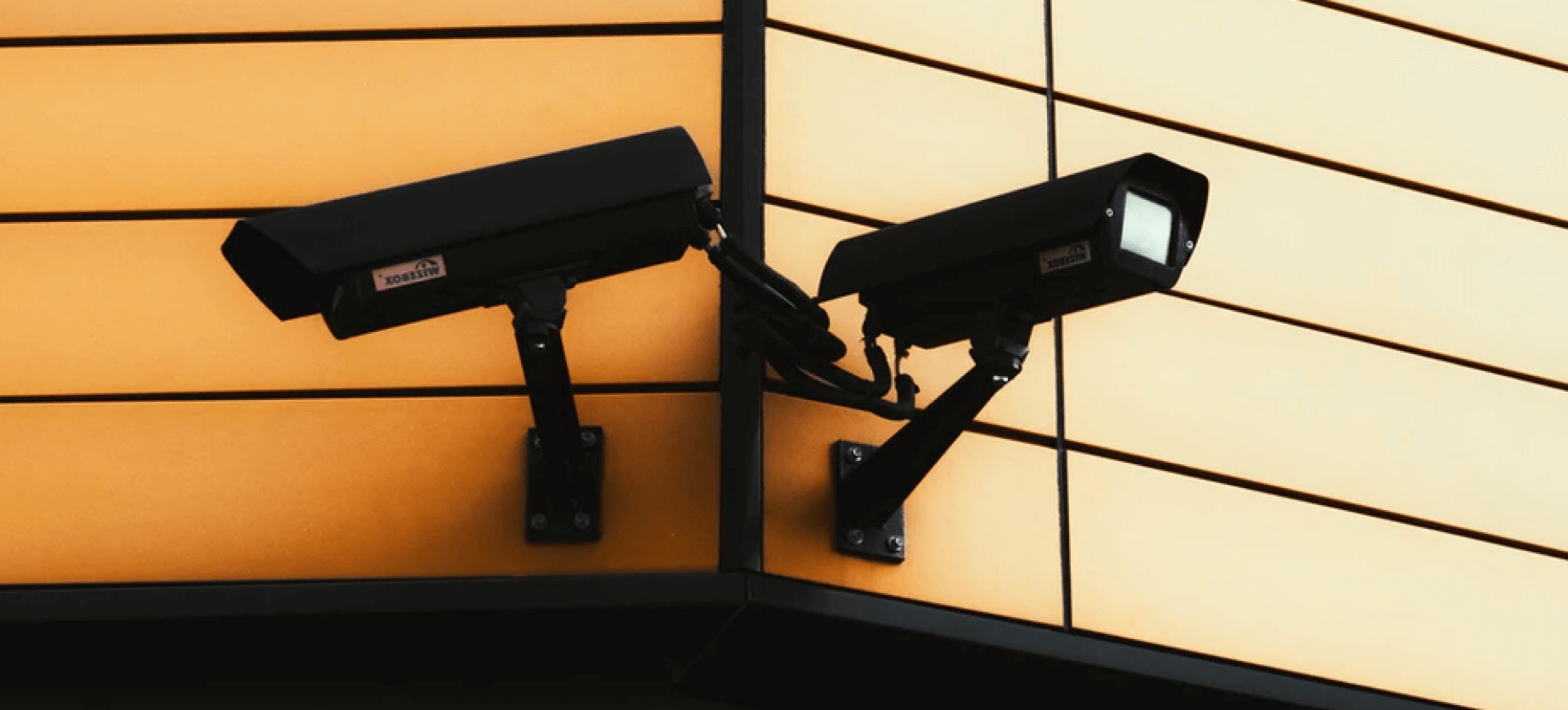
For teachers at a middle school in New Mexico’s largest city, the first inkling of a widespread tech problem came during an early morning staff call. On the video, there were shout-outs for a new custodian for his hard work, and the typical announcements from administrators and the union rep. But in the chat, there were hints of a looming crisis. Nobody could open attendance records, and everyone was locked out of class rosters and grades. Albuquerque administrators later confirmed the outage that blocked access to the district’s student database — which also includes emergency contacts and lists of which adults are authorized to pick up which children — was due to a ransomware attack. “I didn’t realize how important it was until I couldn’t use it,” said Sarah Hager, a Cleveland Middle School art teacher. Cyberattacks like the one that canceled classes for two days in Albuquerque’s biggest school district have become a growing threat to U.S. schools, with several high-profile incidents reported since last year. And the coronavirus pandemic has compounded their effects: More money has been demanded, and more schools have had to shut down as they scramble to recover data or even manually wipe all laptops. “Pretty much any way that you cut it, incidents have both been growing more frequent and more significant,” said Doug Levin, director of the K12 Security Information Exchange, a Virginia-based nonprofit that helps schools defend against cybersecurity risk. Precise data is hard to come by since most schools are not required to publicly report cyberattacks. But experts say public school systems — which often have limited budgets for cybersecurity expertise — have become an inviting target for ransomware gangs. The pandemic also has forced schools to turn increasingly toward virtual learning, making them more dependent on technology and more vulnerable to cyber-extortion. School systems that have had instruction disrupted include those in Baltimore County and Miami-Dade County, along with districts in New Jersey, Wisconsin and elsewhere. Levin’s group has tracked well over 1,200 cyber security incidents since 2016 at public school districts across the country. They included 209 ransomware attacks, when hackers lock data up and charge to unlock it; 53 “denial of service” attacks, where attackers sabotage or slow a network by faking server requests; 156 “Zoombombing” incidents, where an unauthorized person intrudes on a video call; and more than 110 phishing attacks, where a deceptive message tricks a user to let a hacker into their network. Recent attacks also come as schools grapple with multiple other challenges related to the pandemic. Teachers get sick, and there aren’t substitutes to cover them. Where there are strict virus testing protocols, there aren’t always tests or people to give them. In New York City, an attack this month on third-party software vendor Illuminate Education didn’t result in canceled classes, but teachers across the city couldn’t access grades. Local media reported the outage added to stress for educators already juggling instruction with enforcing COVID-19 protocols and covering for colleagues who were sick or in quarantine. Albuquerque Superintendent Scott Elder said getting all students and staff online during the pandemic created additional avenues for hackers to access the district’s system. He cited that as a factor in the Jan. 12 ransomware attack that canceled classes for some 75,000 students. The cancellations — which […]
The post Cyberattacks Increasingly Hobble Pandemic-Weary US Schools appeared first on The Yeshiva World.
View Source: Read More











